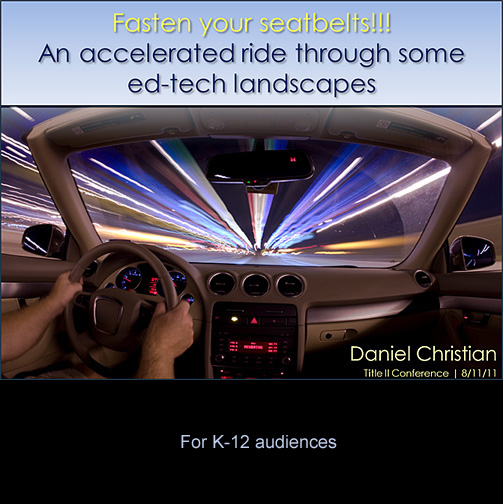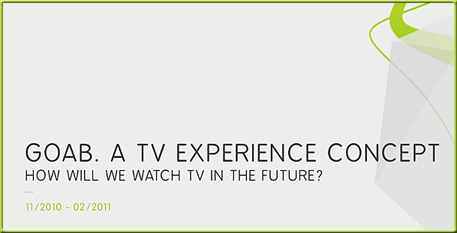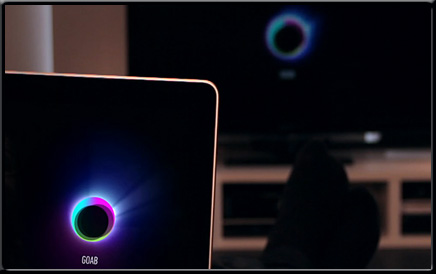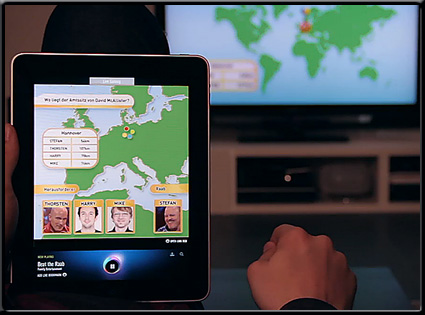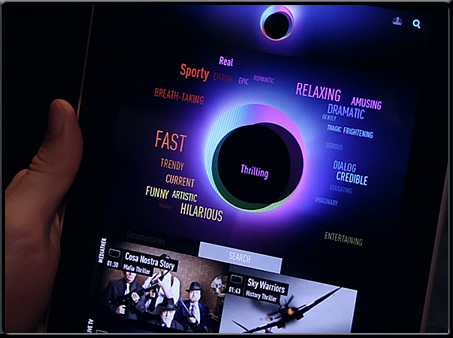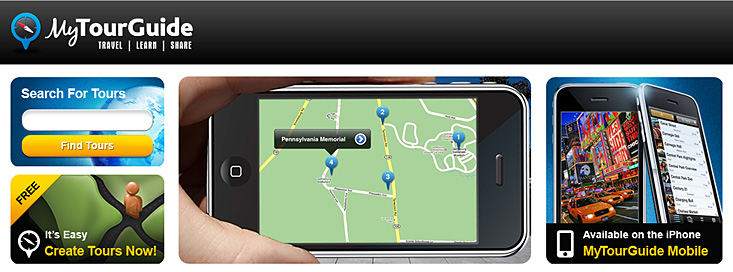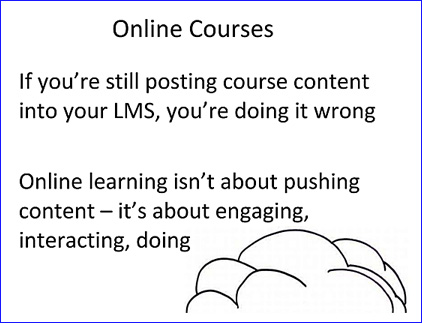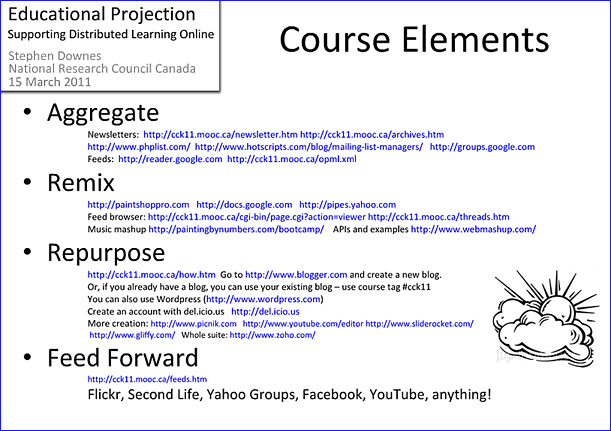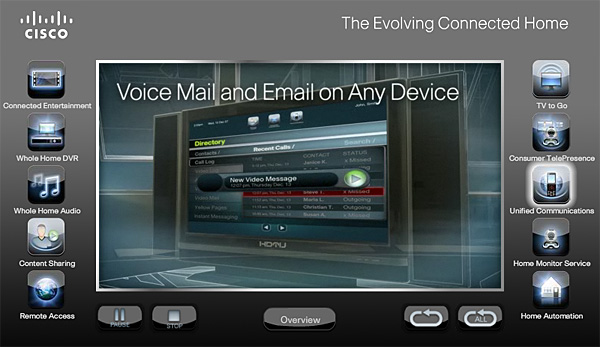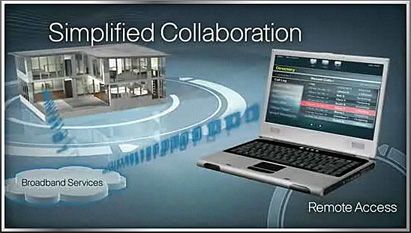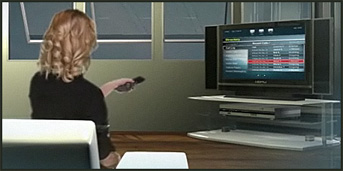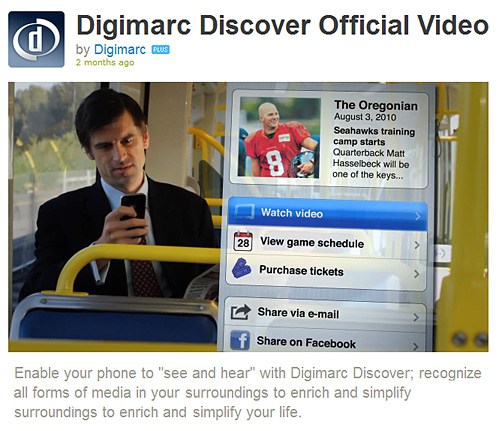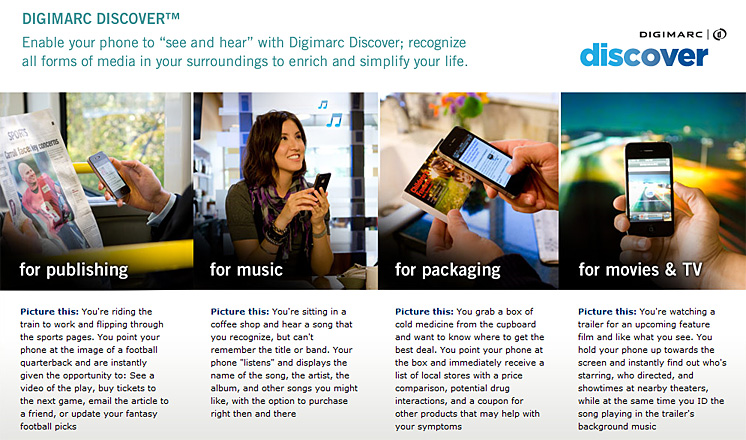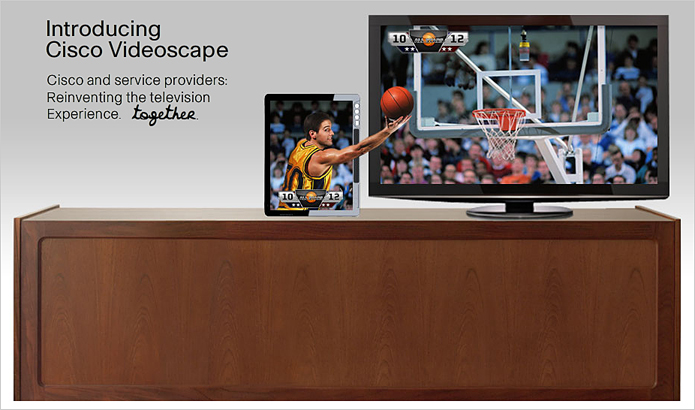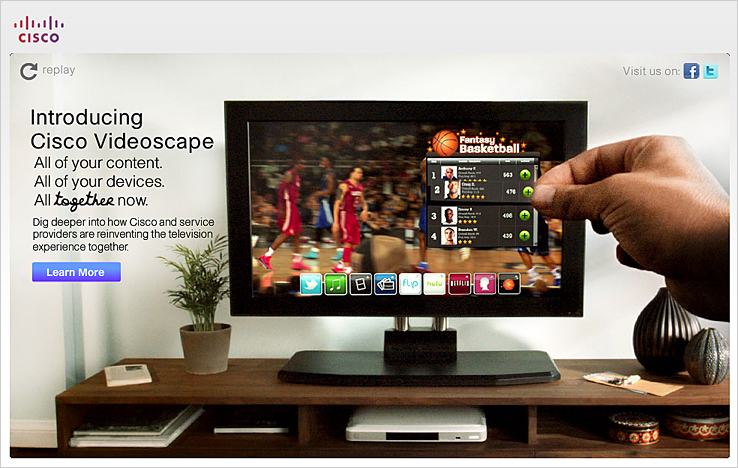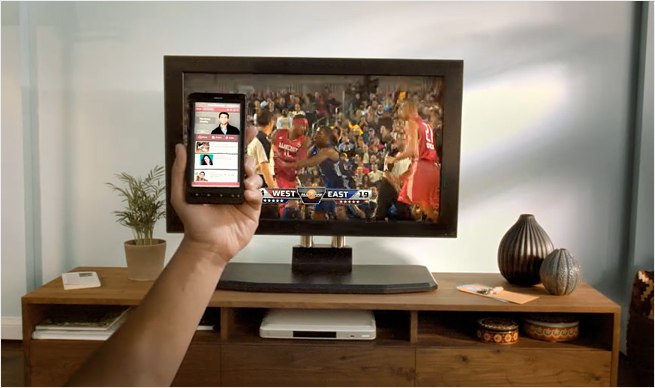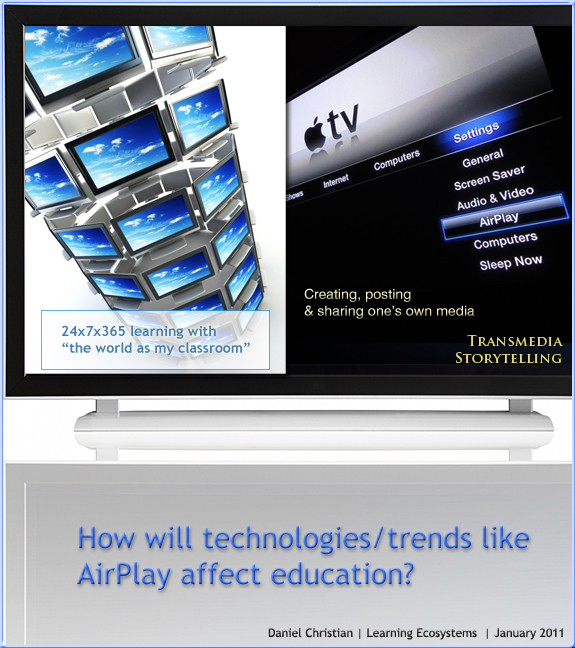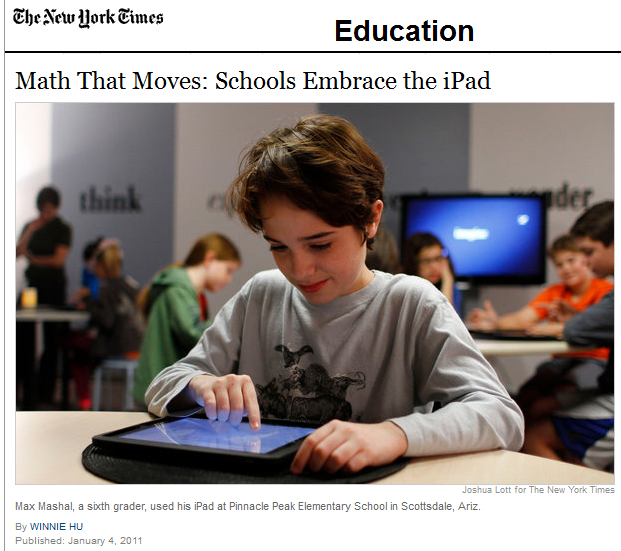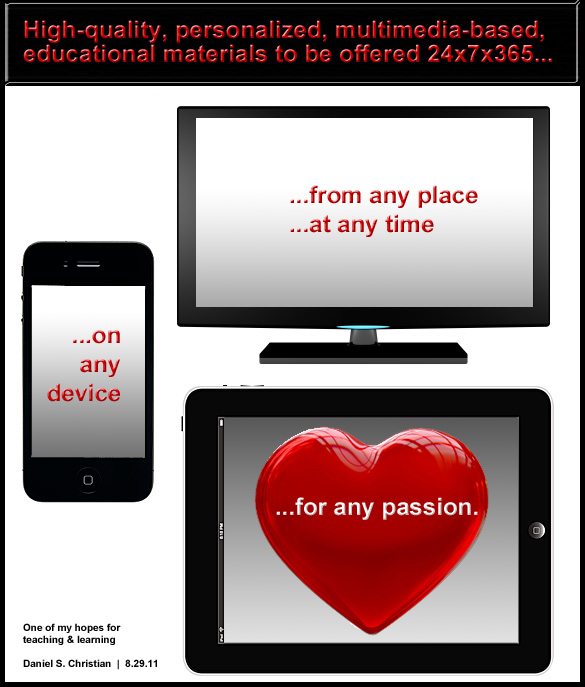
The Digital Revolution and Higher Education — from the Pew Research Center by Kim Parker, Amanda Lenhart, and Kathleen Moore
College Presidents, Public Differ on Value of Online Learning
Excerpt:
This report is based on findings from a pair of Pew Research Center surveys conducted in spring 2011. One is a telephone survey of a nationally representative sample of 2,142 adults ages 18 and older. The other is an online survey, done in association with the Chronicle of Higher Education, among the presidents of 1,055 two-year and four-year private, public, and for-profit colleges and universities.
Here is a summary of key findings…
From DSC:
First, [perhaps it’s in the appendices, but] how many of the people out in the public who were surveyed have actually taken an online class? If so, how many classes (each) have they taken and when did they take them? From whom did they take them? My guess is that most of them have never taken a class online.
Secondly, I wonder how many people thought that the telephone was a useful instrument/communication device shortly after it was introduced? Perhaps not too many…but did you use one today? Yesterday? I bet you did. I did…several times; and I bet that the same will be true of online learning (as online learning didn’t really begin to be used until the late 90’s).
The question is not whether online learning will blow away the face-to-face classroom, it’s when this will occur…? There will be many reasons for this, but the key one will be that you are putting up a team of specialists instead of using just one person. If they are reeeeaaaalllyy good (and a rare talent), that person can do the trick for now; but their success/job will continue to be increasingly difficult to perform, as they continue to pick up new hats each year, as the students’ attention spans and expectations continue to change, as lower cost models continue to emerge, etc, etc…
As Christensen, Horn, and Johnson assert, the innovation is taking place in the online learning world, and it will eventually surpass what’s possible (if it hasn’t already) in the face-to-face classrooms.
Group video calling comes to iPhone & Android in Fring beta test — from Mashable.com by Jennifer Van Grove
There’s an app for that class at Va. universities — from timesdispatch.com by Karin Kapsidelis
VCU and other universities are exploring the uses of
smartphones and mobile applications in and outside classrooms.
Originally saw this at
Ray Schroeder’s Online Learning Update blog
London: Videos from the Learning Without Frontiers Festival now online
Learning Without Frontiers is a global platform for disruptive thinkers and practitioners from the education, digital media, technology and entertainment sectors who come together to explore how new disruptive technologies can drive radical efficiencies and improvements in learning whilst providing equality of access.
If you were unable to attend the recent LWF Festival of Learning & Technology in London we’re pleased to let you know that videos from the conference are now online for your personal or group viewing pleasure. There are a number of ways to view these videos so just choose the one you prefer.
To view, comment & join the discussions you can visit the video pages on the LWF site here
Amongst the alternatives, they are available on the following platforms:
iTunes (download to your PC, iPad or iPhone)*
And for users of Apple TV simply search for the Learning Without Frontiers channel under podcasts.
*You can also search for Learning Without Frontiers in the iTunes store – they are FREE!
Smartphones as Cognitive Prosthetics — from insidedigitalmedia.com by Phil Leigh
From DSC:
Watch the Digimarc Discover video below — then think about how this might apply to anytime, anywhere learning!!! Wow!









